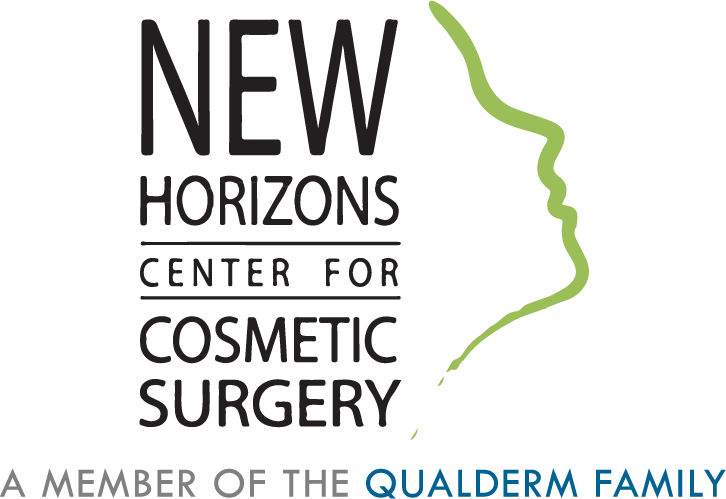Home » Procedures » Surgery of the face » Facelift
The purpose of face lifting procedures is to enhance the appearance of an aging face.
Depending on the severity of the signs of aging, the surgery may involve a minimally invasive “mid-face lift” to address early indications of aging or more advanced face lifting techniques.
The decision to undergo a facelift is a personal one and is typically based on an individual’s level of discomfort with the visible signs of aging and their desire to achieve a more youthful and rejuvenated appearance. While facelifts were traditionally performed on individuals in their fifties, sixties, and even seventies, nowadays, more and more patients are opting to undergo their first facelift in their forties or late thirties. While the results may not be as dramatic as for those in more advanced age groups, having the procedure done relatively early can help individuals maintain a youthful and healthy appearance and look “ageless” for decades.
The purpose of this innovative, deep plane procedure is to address initial indications of facial aging that commonly result in sagging and flattening of the cheeks. The name “mid-face lift” comes from the abbreviation of the term Middle FaceLift, referring to the central part of the face.
The technique involves making small incisions that are carefully placed in both the hair-covered regions of the face and the interior of the mouth to eliminate visible scars. Through these access points, soft tissues of the cheek are safely elevated and suspended. This happens at the “deep plane” level, or on the level of the bone. This approach allows for predictable lifting of the cheek soft tissues with minimal if any risk to nerves or muscles.
Dr. Turowski if safely performing the mid-face lift procedure for over 20 years. So far, no patients have requested secondary lifting of the midface. This procedure appears to have very lasting results.
Typically, the mid-face lift is performed in conjunction with an endoscopic brow lift and occasionally with an eyelid lift and lower face/neck lifts.
Typically, a facelift procedure is intended to tighten and elevate the skin, although achieving satisfactory outcomes through “skin only” manipulation is infrequent. A more advanced approach (deep plane) is usually preferred, which involves addressing not only the skin but also the underlying musculature and fascia (SMAS) to reposition and tighten loose tissues. Additionally, excess fat deposits in the neck area may be removed using liposuction and direct excision techniques. The incision for a facelift is strategically placed in the hairline near the temple, extending in front of the ear, around the ear lobe, behind the ear, and back into the hair, resulting in minimal scarring.
A mini facelift involves only the lateral (around the ear) approach. A full facelift also involves deep plane neck dissection. This allows for the direct removal of the bulk of fat from below the platysma muscle. Corset platysmaplasty is also performed to further define the neck and jawline. The best type of facelift for your needs will be determined during a personal consultation with Dr. Turowski.
A mini facelift can be performed under local or general anesthesia. General anesthesia is the preferred choice for a full facelift procedure.
While it is possible to undergo a facelift on an outpatient basis, Dr. Turowski advises patients to stay overnight at a nearby hotel under the care of an experienced nurse. This allows for closer monitoring by Dr. Turowski during the critical first postoperative night. The hotel offers a comfortable and private environment. Private suites are available, and family or a friend are welcome to stay overnight with the patient. Usually, only one night’s stay is required, but patients may choose to stay longer for a full recovery.
The dressings and drains are removed the morning after the first night following surgery. Depending on the extent of the procedure, patients may experience swelling and bruising at this point. Sutures are typically removed on the fifth day after surgery, and patients can resume basic activities. Bruising may persist for up to two weeks, but professional makeup is available on site to help conceal any visible discoloration. Pain is usually very minor and can be managed with oral pain medication. Most patients can resume non-physically strenuous activities within 7-10 days.
While a facelift can forever provide a more youthful appearance than one’s peers, the effects may diminish over time. Typically, after 7-10 years, additional “tucking” procedures can safely and effectively restore the original form and help maintain a youthful appearance for life.

Chicago North Shore Suburbs
9843 Gross Point Road
Skokie IL, 60076
847 674 4646
Fax: 847 674 4040
info@drturowski.com